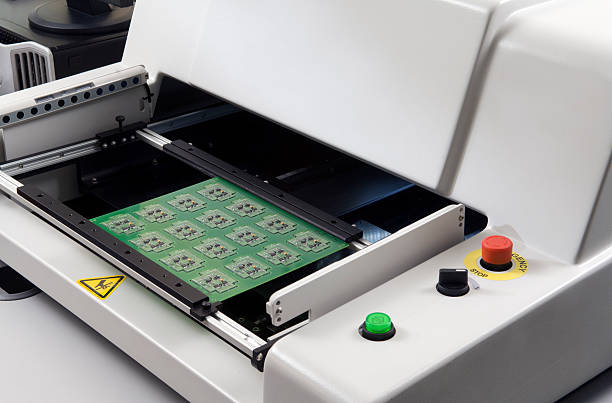
Whenever it comes to setting up published circuit card (PCB) efficiently, the pick-and-place maker is the heart of your surface place innovation (SMT) line. These makers automate the positioning of Surface Mount Devices (SMD) with speed and precision, dramatically boosting productivity and quality in modern electronic devices making. But with a wide variety of options in the marketplace from compact models for pattern to high-speed machines for automation selecting the ideal SMT pick-and-place machine can be daunting.
Understand Your PCB Production Volume and Complexity
The very first step in picking the ideal smt pick and place machine is evaluating your production volume and the intricacy of your PCB styles. If you're running little sets or models, a manual or semi-automatic SMD pick-and-place machine might be enough. When it comes to mid to high-volume production, an automatic pick-and-place device is important to fulfill throughput and uniformity demands. Furthermore, consider the range of Surface Mount Devices (SMD) you make use of. Facility boards with fine-pitch elements, BGAs, or micro components call for a machine with high accuracy, progressed vision systems, and fine placement ability.
Examine Speed vs. Reliability Trade-Offs
Not all pick-and-place makers are developed equivalent. Some are developed for blazing-fast rates with moderate accuracy, while others prioritize ultra-fine positioning for miniaturized components. The positioning rate (gauged in components per hour, or CPH) can vary from a couple of thousand to over 100,000 CPH depending upon the device's ability. If your PCB production line prioritizes very high throughput over limited tolerances, you might favor a fast version. Nevertheless, for items like clinical gadgets or aerospace electronic devices, where accuracy is critical, go with an smt pick and place machine that stresses precision, even at the price of speed.
Inspect Feeder Ability and Versatility
Feeder capacity describes how many various components the maker can deal with in a single run. For assemblies with a large costs of materials (BOM), your device requires to suit a high variety of feeders. Also, look for flexibility in feeder kinds some equipments can manage tape, tube, tray, and even bulk feeders, which broadens your part handling capabilities. Advanced designs also allow for feeder resumption without halting production, which significantly boosts uptime in constant manufacturing settings.
Examine Software and Integration Abilities
A modern-day automated pick-and-place device should come with intuitive, user-friendly software program that permits simple shows, CAD import, and real-time process surveillance. Combination with various other SMT tools such as pattern printers, reflow ovens, and examination systems is important for a totally enhanced production line. Some machines supply Market 4.0 features like remote diagnostics, anticipating upkeep alerts, and production systematic, which can improve overall effectiveness and executive.
Conclusion
Selecting the appropriate SMT pick-and-place equipment is an essential decision that straight influences your printed circuit boards assembly line's performance, scalability, and product quality. By considering production quantity, maker speed and precision, feeder alternatives, software program assimilation, and complete price of ownership, you can make a knowledgeable investment that meets your current demands and future growth. Regardless if you're assembling fundamental PCBs or high-density electronic boards, the ideal pick-and-place system will simplify your procedure and keep your production affordable.
